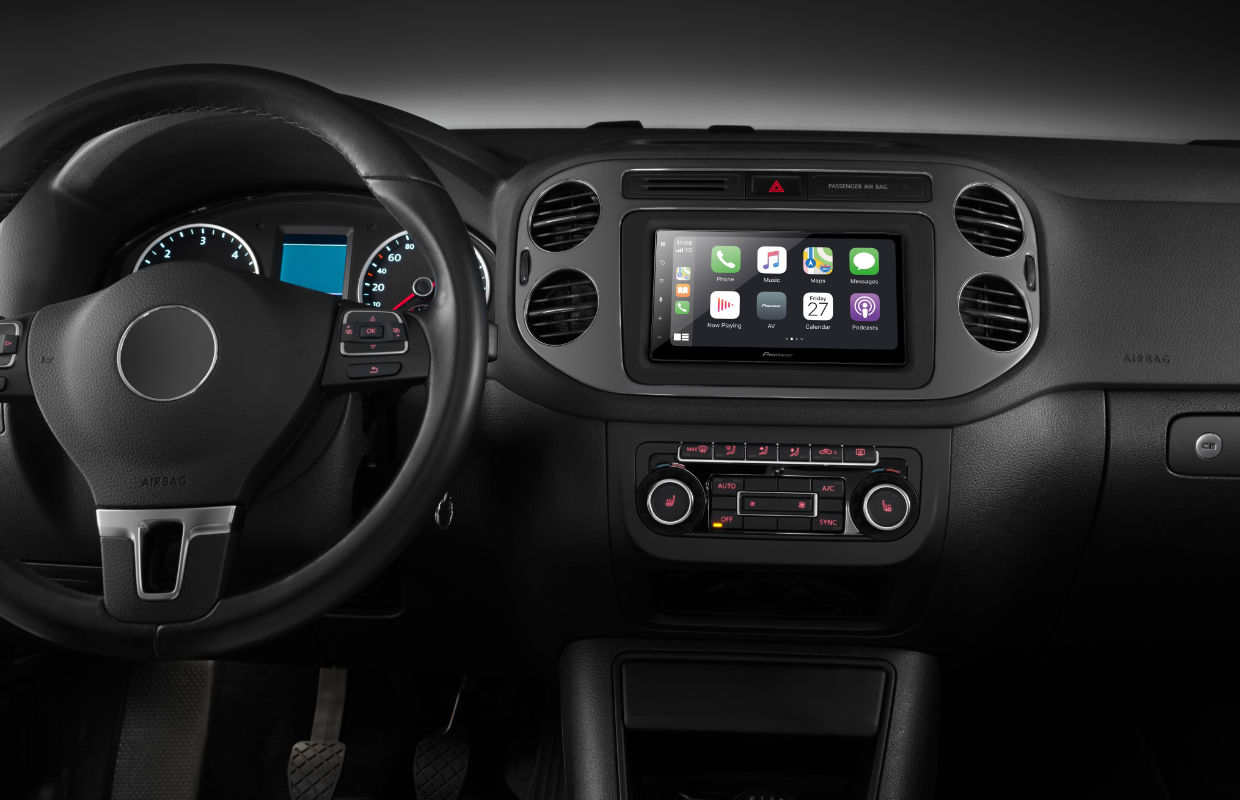the friction between scratch and crack
We have almost all of it in our pocket. It is hard, but also soft, thin, but also thick. We are, of course, talking about Gorilla Glass. More than a billion smartphones have integrated this strong glass, but what exactly is it? And how does it reduce cracks, but not necessarily fewer scratches?
Contents
What is it? Physics and chemistry lesson
In 2008, the American Corning introduced their Gorilla Glass, a tempered glass for smartphones. The company has now released nine versions of Gorilla Glass and has therefore ensured for years that the screen of your smartphone does not immediately break into a thousand pieces if you drop it. For a good explanation of how Gorilla Glass is made so sturdy, we have to go back to school. It’s a difficult and technical story, but don’t worry, we won’t discuss it in great detail. We try to explain it as briefly and understandably as possible.
Corning glass is extra strong because it has been strengthened by a chemical process. The glass gets its hardness by immersing it in a 400 degree potassium-salt ion exchange bath. In this bath, chemical elements of the glass are ‘replaced’ by other elements. This changes the composition of the glass. At Gorilla Glass, for the real physics and chemistry fans among us, Na+ (sodium) is replaced by K+ (Potassium).
On the same surface, the smaller sodium ions are replaced by larger potassium ions. Because potassium is larger, it takes up more space. However, because this happens on the same surface, these ions are pressed against each other. This creates a tension in the glass. Corning manages to spread this pressure from the surface over the entire glass, making the glass generally stronger.
Not just rose scent and moonshine
Corning’s goal is to make glass that is as thin and strong as possible. This means that on the one hand, it wants to meet the demand for an ever thinner smartphone and, on the other hand, it wants to ensure that this thin glass does not break or scratch quickly.
However, this sounds easier than it is, because there is a limit. You have to see it as a kind of struggle. If you make the glass harder and thicker, it will scratch less quickly. As a result, it will break faster. To make the glass less likely to break, you need to make it thinner and softer. However, this in turn ensures that the glass will scratch faster. In general, therefore, the harder the glass, the faster it breaks. And the softer the glass, the more sensitive to scratches. Corning must always consider this and find a balance.
Sand is disastrous
You often see videos on the well-known internet in which Gorilla Glass is tested. You often see that Corning has succeeded in making a strong glass. Keys, for example, no longer cause scratches, and the glass often survives a fall from one and a half meters.
However, there are still things that you should pay close attention to and for which Corning has not yet found a good solution. There is one detail that causes a lot of scratches on our beautiful smartphones: sand. Sand mainly consists of silicon dioxide. A compound that is used, among other things, to make glass. This makes sand much stronger than, for example, metals. Small and sharp grains of sand can therefore easily cause scratches. So be careful with sand in your pockets after a lovely beach visit.
Next step
The next step in ‘smartphone screen land’ is sapphire glass. A synthetic type of glass that is almost scratch-free, unless you are going to scratch it with a diamond, and that is used in Omega watches, among other things. However, a disadvantage of sapphire glass is that it takes a long time to produce and is therefore expensive to make.
We have to wait until the technology allows this process to take less time and so it becomes applicable on a larger scale.
Do you have scratches or cracks in your screen? And how did it happen? Let us know in the comments below this article!




